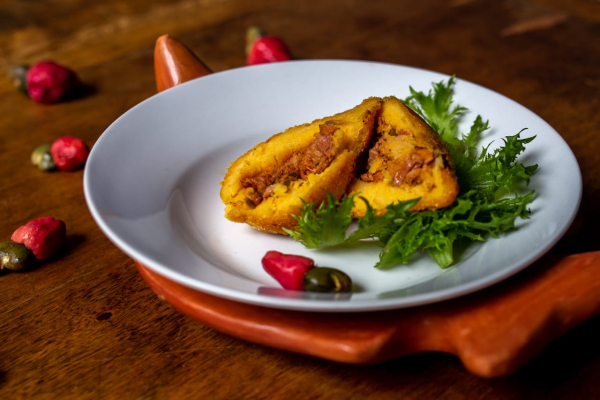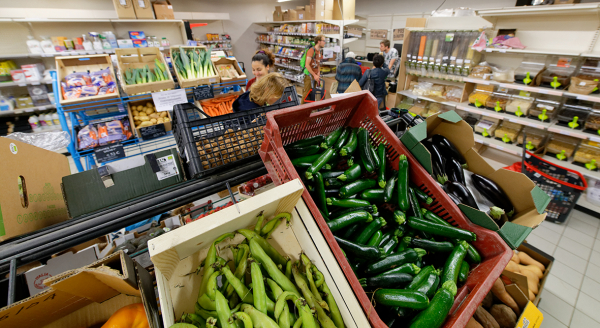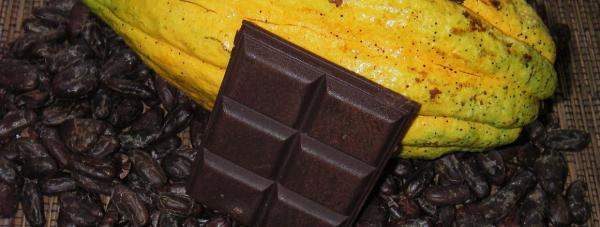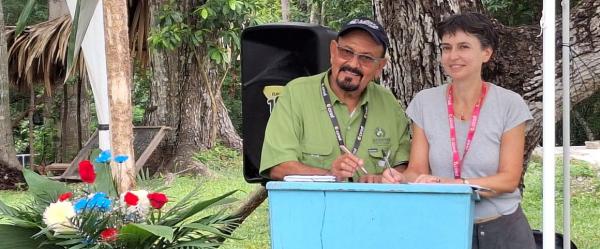Science at work 16 December 2025
- Home
- Press area
- Press releases
- Innovations sustainable food systems
Urbal, or how to pinpoint the impacts of innovations on food system sustainability
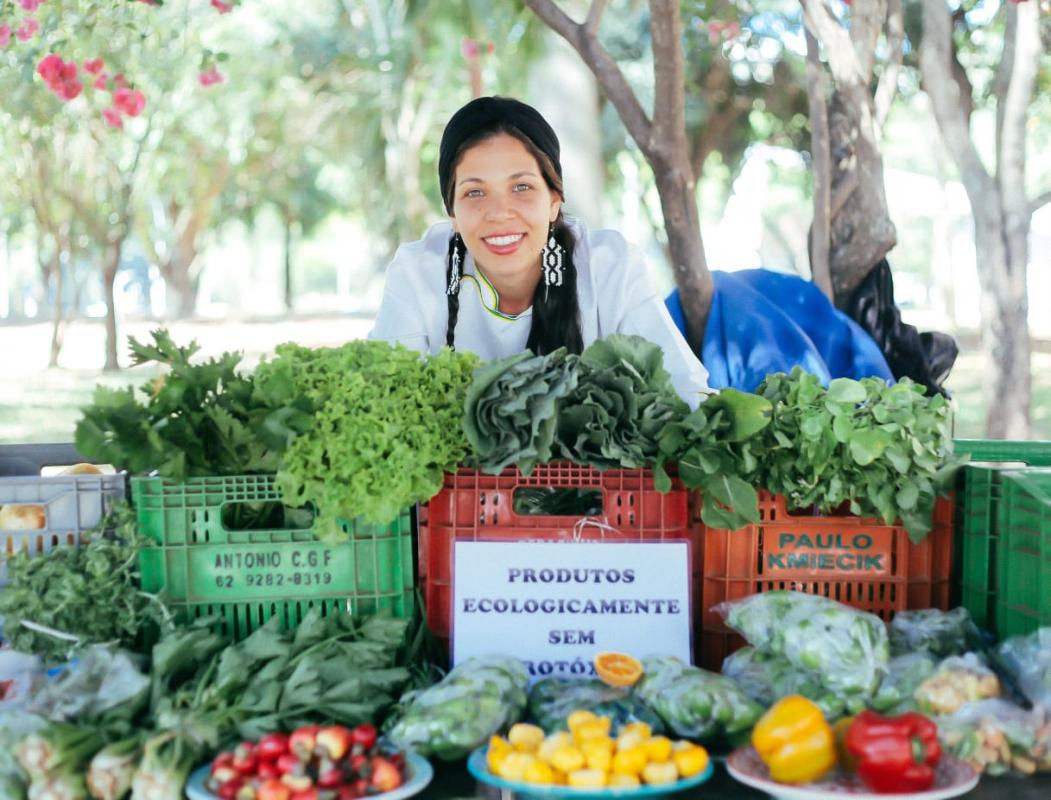
Ana Paula Boquadi, chef at the Buriti Zen restaurant in Brasilia, is one of the chefs working to promote the biodiversity of the Cerrado. © Buriti Zen
There are currently many food initiatives and innovations in cities worldwide. Every aspect of food systems is concerned, from pitchfork to table fork. However, it is still difficult for project leaders and decision-makers to have a clear idea of their impacts in terms of sustainability. A wide range of indicators is available, but they are difficult to use in the case of recent innovations with limited resources.
"The Urbal project is working on an easy-to-use tool, based on participation and requiring little in the way of resources", says Elodie Valette, a geographer with CIRAD who is co-coordinating the project. The aim is to characterize and imagine – rather than measure – the range of impacts of innovations on the various aspects of food system sustainability. "To put it more precisely, we want to pinpoint impact pathways, in other ways the processes by which innovations generate long-term changes ."
The Urbal (Urban-Driven Innovations for Sustainable Food Systems) participatory method is currently being tested in ten cities worldwide: Baltimore, Brasilia, Berlin, Cape Town, Hanoi, Milan, Mexico City, Montpellier, Paris and Rabat . "Eventually, Urbal could support governance of innovations and decisions as to whether to support them, and constitute the first step towards quantifying impacts." The method in fact serves to identify possible or observed, expected or unexpected, desirable or counter-productive impacts. In short, it makes it easier to pinpoint the conditions for success, the risks, and the points to monitor when developing innovations.
Close-up of three of the innovations under study in Brasilia (Brazil), Rabat (Morocco) and Montpellier (France)
Brasilia: chefs working with smallholders to promote the biodiversity of the Cerrado
Although it is the second largest biome after Amazonia, with savannahs very rich in biodiversity, the Cerrado is a region of Brazil where biodiversity has always been overlooked in favour of intensive farming. The area under soybean, for instance, has grown substantially. However, some twenty chefs in Brasilia have decided to fly in the face of this trend. How? By putting products on their menus that are derived from the biodiversity of the Cerrado, particularly fruits such as pequi, baru, cajuzinho, cagaita and others, along with Cerrado vanilla. The aim is to build an identity for the restaurant scene in Brasilia centring on the Cerrado biome. The chefs buy from small family farms and indigenous communities throughout this huge region.
The Urbal project opted to look into this dynamic to test its methodology. "It showed that products from the Cerrado biome are highly nutritious compared to conventional products, which suggests a positive impact on consumer health", Stéphane Guéneau, a socioeconomist with CIRAD, explains. There is a noticeable social and economic impact for smallholders, thanks to the products they sell to the chefs and on the specialist markets that are springing up in Brasilia. Lastly, these fruits are not generally gathered very intensively, which has a positive environmental impact, since the smallholders and traditional communities keep those indigenous species that have gained in value. Nevertheless, the project also revealed the risk of pressure on resources due to increased consumer demand.
Rabat: consumers working with producers to certify products from agroecological systems
A participatory guarantee system (PGS) was set up in 2017 by the Réseau des initiatives agro-écologiques au Maroc (RIAM) with the help of CIRAD, and uses participatory approaches. The players involved (farmers, consumers, distributors and restaurant owners) have worked together on a charter, specifications, and agroecological farm certification and control procedures. Annual certification (or control) visits to each farm are conducted by two approved producers, plus a consumer or grocer, to guarantee their neutrality. The products from those agroecological farms are now sold on the farmers' market in Rabat and in several of the city's shops and restaurants. The RIAM is keen to roll out the PGS to other cities such as Marrakech, Casablanca or Mohammedia, where producers and consumers are keen to become involved and keep it alive.
Two certification campaigns (2018 and 2019) on, what lessons can be drawn from the system? "In terms of governance, the workshops held have shown that the PGS is seen as a new type of smallholder organization in Morocco, enabling access to markets and exchanges of agricultural expertise, and providing a new means of expressing views to the authorities", says Sylvaine Lemeilleur, an economist with CIRAD. The workshops also revealed that producers have other needs, such as access to organic seeds, sales points, support in terms of agroecological expertise, and communication as regards the RIAM "Maroc Agroécologie" label.
Montpellier: volunteer consumers running their own organic, local supermarket
La Cagette is a cooperative supermarket owned by consumers (a 100-euro contribution buying ten 10-euro shares) who give three hours of their time each month to run it. One of the aims is to build a closer relationship between producers and consumers and pave the way for sustainable foodstuffs. "One of the very clear impacts that have emerged from surveys and the workshop we organized is the creation of an alternative outlet for producers keen to pull out of the agroindustrial system", says Olivier Lepiller, a sociologist with CIRAD. One other impact is of interest to consumers: La Cagette's organic fruit and vegetables are much cheaper, due to its policy of a fixed, 23% margin (much lower than usual in the organic sector), and the lack of middlemen and marketing operations.
* In collaboration with Està, an Italian NGO, the UNESCO Chair in World Food Systems, Wilfrid Laurier University in Canada and various scientific partners for each case study. The Urbal project is funded by Agropolis Fondation, the Cariplo Foundation and the Daniel and Nina Carasso Foundation under the Thought for Food call for proposals.
The main principles of the method being developed by the Urbal project are based on an approach CIRAD is using to assess the impact of its research: ImpresS.
The methodology developed within the Urbal framework looks at six aspects of food sustainability: socio-cultural, economic, governance, environment, nutrition and food security.
It comprises three stages. The first is characterizing the innovation to be studied. The second is a participatory workshop intended to identify the expected impacts of the innovation and imagine the possible unexpected impacts. The final stage is feedback on and discussion of the results of the workshop with stakeholders and participants (leaders, beneficiaries, users, experts, etc), and other players that supported the innovation (donors, collectivities, similar innovations, etc).

























